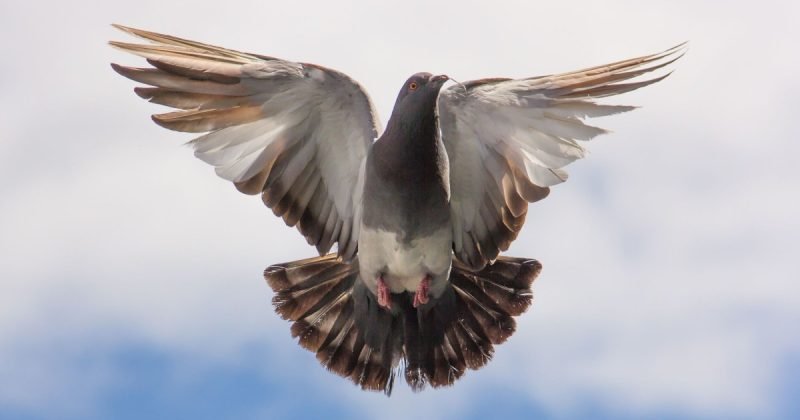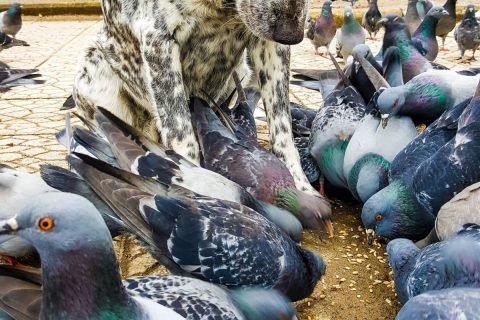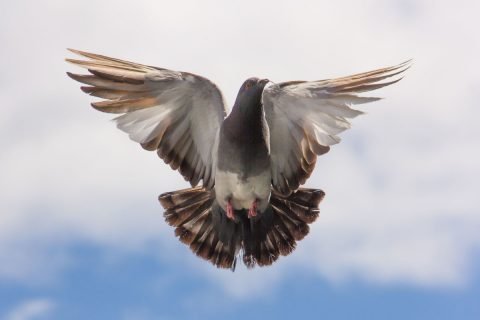Pigeon racing has been around as far back 220 A.D. and since then, the bond between man and these avian racers have gone stronger.
The Basics
A racing pigeon is a pigeon that is specially bred for speed and performance. It is usually competed in a sport called pigeon racing.
In this sport, the specially trained pigeon is released and is allowed to cover a specific distance. The winning bird is determined by measuring the rate of travel of each bird. The final decision is arrived at by comparing each bird's speed. The one with the fastest rate wins.
Usually, the distance racing pigeons have to cover runs anywhere from 100 km to 1000 km. Although the rules of the race seems straightforward – the bird that finishes the race first typically wins – these are actually more complicated.
The Rules
The long and strict rules of this sport are attributed to the fact that it has been around for centuries. The rules in pigeon racing mostly focus on ensuring that no racer cheats and that the fastest pigeon is awarded with the first place.
The rules of the sport, as set forth by the pigeon racing governing body – the American Pigeon Racing Union – mostly covers significant rules regarding how to race, how to calculate dead time, and how to time the race. Some of the most important rules are as follows:
An Outline of a Standard Pigeon Race
- Each race must start at the same location at the same time.
- A racer needs to provide proofs that he is, indeed, the owner of the pigeon.
- Each competing pigeon must be healthy and should wear a racing band.
- Each pigeon must return to its loft at the end of the race. Otherwise, it is disqualified.
- The shortest distance possible for each official race is no shorter than 75 miles.
Timing
- Each race is timed using electronic band scanning clock systems. Each of the clock used throughout the duration of the race should run at the same time.
- Participants should provide proper labeling of their timers.
- Participants are required to use properly working timers. The timers should have clear time stamps and should be easy to read.
- Timers used in the race should print the time the birds return to their lofts.
Dead Time
- For extremely long races, a dead time may be called for. Usually, the dead time is used to close the race during the night. This dead time begins 30 minutes before the official sunset and resumes 30 minutes before the official sunrise in the area where the race is being held. During this time, the clocks are stopped. Not all races use the dead time though. There are organizations that continue the race during nighttime without calling for the dead time.
Some Important Things To Help You Become A Good Pigeon Fancier
- Remember, health is important for a racing pigeon. You can't expect it to race fast if it's not in good health condition.
- Training tosses don’t usually help with the pigeon's performance. These usually negatively affect their health.
- It is better to have a pair of excellent pigeons than to own a group that doesn’t perform well.
- Don’t overwork your pigeons, especially the youngsters. Allow them to mature first.
- Don’t overcrowd your pigeons. Most diseases start and worsen that way.
- Always go for the intelligent ones. These have no trouble finding their lofts.
- Be committed with your pigeons. Train them regularly.










